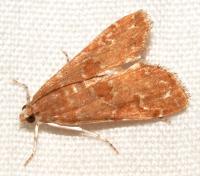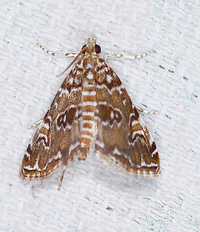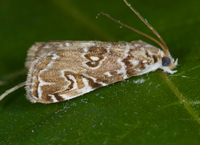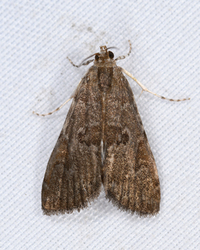
| Recorded by: Mark Shields, Ed Corey on 2025-09-20
Onslow Co.
Comment: | 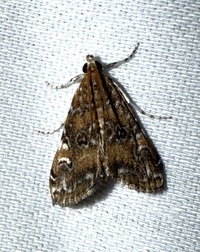
| Recorded by: Marilyn Westphal on 2025-09-07
Henderson Co.
Comment: |
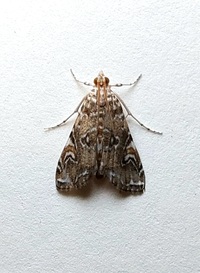
| Recorded by: Mark Basinger on 2025-09-01
Rowan Co.
Comment: | 
| Recorded by: David George on 2025-06-29
Richmond Co.
Comment: |

| Recorded by: Jim Petranka, Mark Basinger and Becky Elkin on 2025-06-29
Richmond Co.
Comment: | 
| Recorded by: Larry Chen, Sarah Toner on 2025-06-25
Dare Co.
Comment: |

| Recorded by: Jeff Niznik, David George, Larry Chen, Sarah Toner, Joye Zhou on 2025-06-20
Richmond Co.
Comment: | 
| Recorded by: Dean Furbish, Lior S. Carlson on 2025-06-18
Alamance Co.
Comment: |
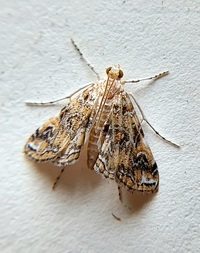
| Recorded by: Mark Basinger on 2025-06-14
Rowan Co.
Comment: | 
| Recorded by: Jim Petranka, John Petranka and Becky Elkin on 2025-05-09
Cumberland Co.
Comment: |
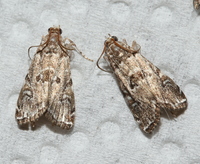
| Recorded by: David George, Jeff Niznik on 2025-05-09
Cumberland Co.
Comment: | 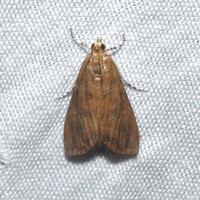
| Recorded by: David George, Jeff Niznik, Brian Bockhahn on 2025-05-09
Cumberland Co.
Comment: |
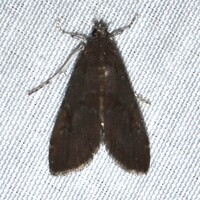
| Recorded by: Jeff Niznik, David George, Kaitlyn Elliott on 2025-05-08
Cumberland Co.
Comment: | 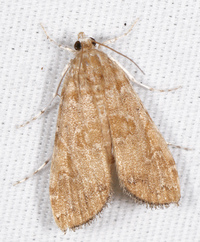
| Recorded by: John Petranka on 2024-09-06
Orange Co.
Comment: |

| Recorded by: David George, Jeff Niznik on 2024-07-08
Chatham Co.
Comment: | 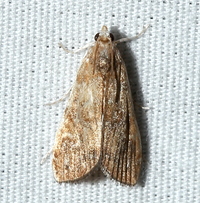
| Recorded by: David George on 2024-07-04
Chatham Co.
Comment: |

| Recorded by: Mark Basinger on 2024-06-29
Rowan Co.
Comment: | 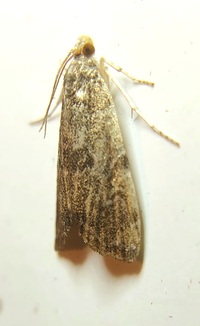
| Recorded by: Mark Basinger on 2024-06-29
Rowan Co.
Comment: |

| Recorded by: Dean Furbish, Lior S. Carlson on 2024-06-25
Orange Co.
Comment: | 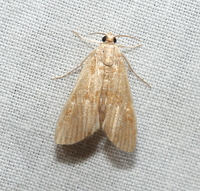
| Recorded by: David George, Steve Hall, Patrick Coin, Mark Basinger on 2024-06-16
Chatham Co.
Comment: |

| Recorded by: David George, Jeff Niznik on 2024-06-01
Chatham Co.
Comment: | 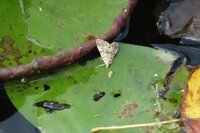
| Recorded by: Terrell Tucker on 2023-09-14
Moore Co.
Comment: |
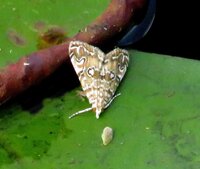
| Recorded by: Terrell Tucker on 2023-09-14
Moore Co.
Comment: | 
| Recorded by: Andrew W. Jones on 2023-09-12
Polk Co.
Comment: |

| Recorded by: John Petranka, David George on 2023-08-05
Orange Co.
Comment: | 
| Recorded by: Jeff Niznik on 2023-06-18
New Hanover Co.
Comment: |

| Recorded by: David George, Jeff Niznik on 2023-06-11
Chatham Co.
Comment: | 
| Recorded by: John Petranka on 2022-09-26
Orange Co.
Comment: |
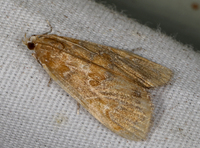
| Recorded by: John Petranka on 2022-09-04
Orange Co.
Comment: | 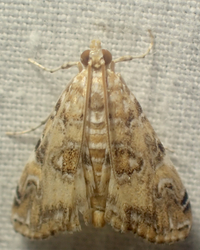
| Recorded by: tom ward on 2022-09-04
Buncombe Co.
Comment: |
|

 »
»